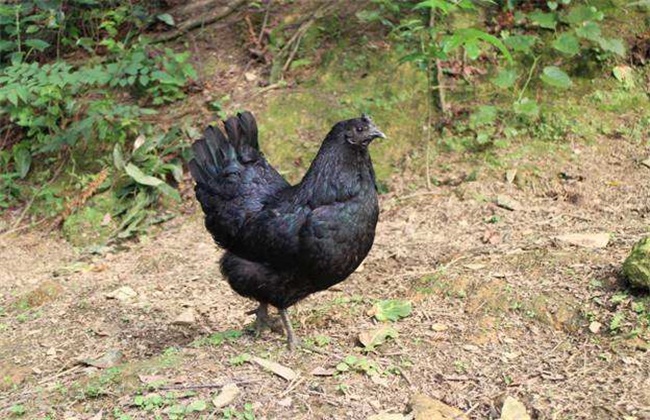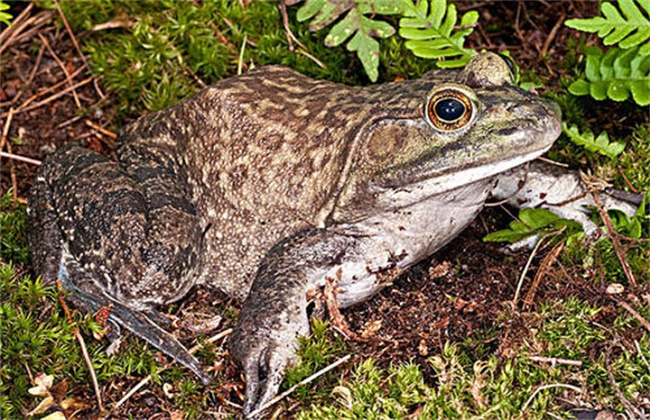Management techniques of free-range chickens
Chicken is a very important kind of poultry in China, and the breeding area in our country is very large. There are also many modes of chicken breeding, such as captive breeding, under-forest breeding, free-range breeding and so on. Among them, free-range chicken is more popular, but we should pay attention to the management work when we are free-range in order to improve the value. So the editor brings you the management technology of free-range chickens today, let's have a look!

1. Woodland layout
The requirement of free-range chicken on woodland is not very high, and the general forest and fruit land can be raised normally. However, it is appropriate to use plots with good permeability and high terrain. Build a chicken coop in the woodland, retain weeds to provide natural feed for chickens, and increase their food intake. However, there should not be too many weeds to avoid the emergence of natural enemies of chickens such as rats and snakes. If the woodland area is large, then we should build more shade sheds appropriately, each with sinks and food troughs to promote the growth of chickens, and finally take anti-escape measures, such as a good nylon net around.
2. Daily management
After the chicken is out of temperature, the woodland can be raised separately. Put the chicken into the woodland every day to let the chicken look for food freely, and then put feed and water in the shade shed in the morning. The feed should not be too much, and the chicken can eat five percent full. Then, before sunset in the afternoon, drive the chicken back to the henhouse and carry out supplementary feeding to ensure that the chicken is full overnight. After eating, the remaining feed should be removed. Finally, the chickens are trained to form a conditioned reflex to eat, such as whistling each time before feeding. Over time, the chicken will know to eat as soon as it hears the whistle, which is conducive to the management of the chicken.
3. Observe the chicken flock
When we raise free-range chickens, we must always observe the growth of the flock. It is the best observation time during the day and when driving chickens in the evening. During these two periods of time, we have to observe the eating, activity, drinking and other aspects of chickens. Avoid abnormal conditions, such as chicken plague and other infectious diseases. If any abnormality is found, then we should reduce separate breeding, find out the cause, and then make corresponding treatment to avoid some unnecessary losses.
4. Environmental disinfection
The environmental disinfection of free-range chicken farming is also very important. First of all, we should do a good job of grouping and feeding according to the age of the flock, and adjust the management methods of feeding and feed. Then it is necessary to disinfect the chicken house regularly to reduce germs, and to do a good job in epidemic prevention of chickens according to the specific process to reduce the incidence of disease. Every time a batch of chickens are sent out, the henhouse should be cleaned and thoroughly disinfected, and the woodland should be cleaned and dug deeply. It is best to be able to empty the field for a period of time, a woodland breeding batch to maintain a maximum of 3 batches. Then turn over the woodland soil deeply, carry on the disinfection, and culture in the empty field for about 6 months can reduce the risk of breeding.
The above is a brief introduction to the management technology of free-range chickens. In fact, the management of free-range chickens is similar to that of ordinary domestic chickens, but the breeding cost is lower, and the quality of chickens will be slightly better. That's all for today's introduction. This article is for reference only. I hope it can help you all.
Related
- On the eggshell is a badge full of pride. British Poultry Egg Market and Consumer observation
- British study: 72% of Britons are willing to buy native eggs raised by insects
- Guidelines for friendly egg production revised the increase of space in chicken sheds can not be forced to change feathers and lay eggs.
- Risk of delay in customs clearance Australia suspends lobster exports to China
- Pig semen-the Vector of virus Transmission (4)
- Pig semen-the Vector of virus Transmission (3)
- Five common causes of difficult control of classical swine fever in clinic and their countermeasures
- Foot-and-mouth disease is the most effective way to prevent it!
- PED is the number one killer of piglets and has to be guarded against in autumn and winter.
- What is "yellow fat pig"? Have you ever heard the pig collector talk about "yellow fat pig"?



